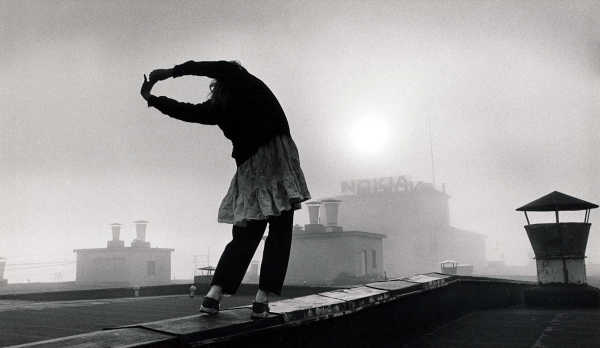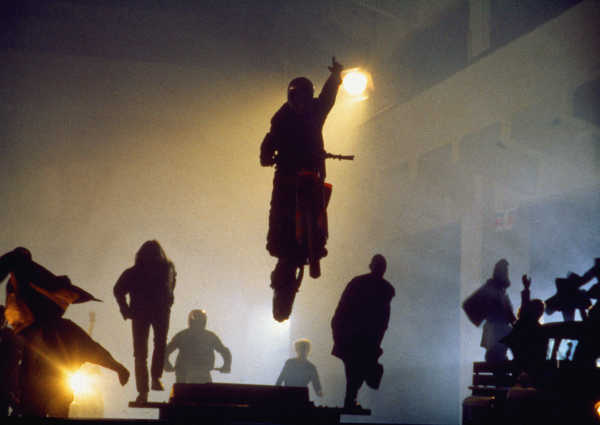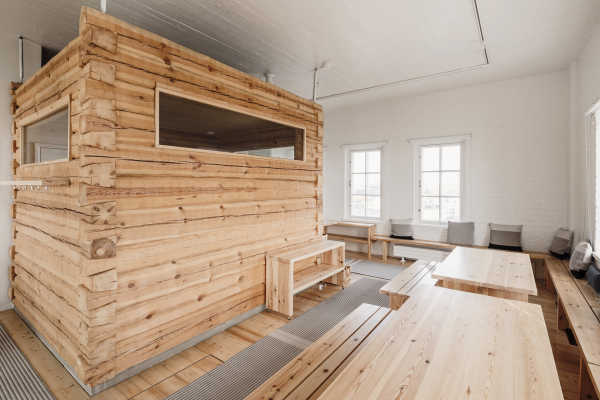History of Cable Factory
Cable Factory has thousands of stories, and its history stretches back over a century. It has been a place for making cables, rubber, supercomputers as well as unforgettable cultural experiences.
1885
Mining engineer Fredrik Idestam founds Nokia Aktiebolag, a ”groundwood mill” downstream of the Tammerkoski rapids in Tampere. A new timber mill is founded in the town of Nokia in the following decade.
1898
Suomen Gummitehdas (Finnish Rubber Works) is founded in Nokia making rubber galoshes. The company buys out the bankrupt Nokia Aktiebolag in 1910.
1912
Arvid Wikström, a 26-year-old engineer, founds Finland’s first cable manufacturer, Suomen Punomotehdas. Factory premises are built in Telakkakatu street in Helsinki’s Punavuori district.
1922
Punomotehdas, renamed Suomen Kaapelitehdas, is acquired by Suomen Gummitehdas. This resulted in a group of three companies producing very different products in which the companies remain independent.
1939–1943
Verner Weckman, one of the company’s directors and twice Olympic wrestling champion, begins construction of a new factory building in Salmisaari, Helsinki. The new cable factory is designed by the architect Wäinö G. Palmqvist. The first U-shaped part is built.
1944-1948
Almost 6 % of the war reparations that Finland had to deliver to the Soviet Union after the wars are produced at Cable Factory.
1947–1948
The wing facing Tallberginkatu street is built.
1952–1954
The eastern end of the south wing, Merikaapelihalli, is extended by 71 metres. The sand-lime bricks give the completed building an elegant white appearance. The building has a volume of 262,000 cubic metres and almost 56,000 square metres of floor area. The Cable Factory is the largest building in Finland up until the 1970s.
1960
Cable Factory gains an electronics section and a data centre, for which Finland’s first mainframe computers are ordered. The data centre leads to the development of computer science in Finland, and comes to be known as Salmisaari University.
1967
Suomen Kumitehdas Oy, Nokia Oy and Suomen Kaapelitehdas are merged to form Oy Nokia Ab, subsequently Nokia Corporation.

Cable reel, Photo: Stefan Bremer
1979
Nokia and Salora set up the Mobira company, which begins to develop NMT technology.
1985
Nokia Corporation decides to end production of cables in Salmisaari by the end of 1990.
1987
The City of Helsinki agrees with Nokia to shorten the lease period of the cable factory’s land and make other changes. It is proposed that parts of the factory should be demolished, and proposed uses for the other parts include schools, a youth hostel and hotels.
Artists begin to move into the vacated factory and turn the rudimentary but spacious industrial premises into serviceable working spaces.
1989
Salmisaari, an important industrial environment, is listed as a cultural heritage site by the Ministry of the Environment.
1990
The association Pro Kaapeli is set up to defend the diverse cultural and commercial activity that has grown up at Cable Factory. Around 250 tenants / 1000 persons work at Cable Factory: artists, photographers, musicians, paper-makers, a framing workshop, a carpentry workshop, a composing room, a printshop and a gallery.
1991
With the support of Deputy Mayor Erkki Tuomioja, the City of Helsinki declares its support for Pro Kaapeli’s objectives. The city becomes the majority owner of Cable Factory. The property management company Kiinteistö Oy Kaapelitalo is set up to manage the premises. Jörn Donner is appointed the first chairman of the company’s board.

Kirsi Monni dances on the roof of the Cable Factory. Photo: Stefan Bremer, 1992
1992
The first residents move into the Ruoholahti area, which was planned for 9000 people. Office and commercial buildings are constructed nearby, designed to provide workplaces for 5000 people.
1992–1993
The Theatre Museum, the Finnish Museum of Photography and the Hotel and Restaurant Museum move into the Cable Factory.
1993
Cable Factory becomes a member of the Trans Europe Halles network.
1994
Cable Factory’s own library, Kirjakaapeli, is opened. It is the first public library in the world to offer internet connections to its customers.
Thierry Noir paints Finland’s first legal modern street art mural, Let Us Be Your Mental Dentist, at Cable Factory’s gateway.

Drive or Die, a spectacle of hundreds of actors, dancers, a symphony orchestra, animals, and motor vehicles take over the Sea Cable Hall in 1994. Photo: Stefan Bremer
2000
Cable Factory introduces a staggered schedule of rents, which means that tenant artists pay lower rent than commercial operators.
2001
The meeting rooms Watti, Käämi and Kela are renovated to be used for events. The rooms were previously storage rooms.
2005
The boiler room cellar, Pannuhallin basement, is renovated for cultural purposes.
2008
Renovation of the seaside façade is completed.
Kiinteistö Oy Kaapelitalo takes over the management of the former Suvilahti gasworks.
2012
A garden is planted on the roof of the Cable Factory for the use of tenants.
2015
Framework agreement signed for the dance house Tanssin talo.
2016
Verner sauna is completed on Cable Factory’s roof.

The Verner rooftop sauna owes its name to the managing director Verner Weckman, who built the present Cable Factory. Photo: Kuvio Oy
2017
Project plan and architectural appearance of Tanssin talo is published.
Cable Factory celebrates its 25th anniversary and publishes a history book containing pictures and recollections.
2018
LIFT, a festival for professionals in the media and cultural industry, is held for the first time.
2019
Civil engineering works start for the construction of Tanssin talo.
The Occupy the Cable Factory! project is launched, giving city residents free access to Merikaapelihalli for dance and other performing arts.
2020
Foundation stone is laid for Tanssin talo.
Cable Factory’s Konttori is opened.
Brand and visual identity of Cable Factory is refreshed.
2021
Tanssin talo construction project is completed.
2022
Cable Factory's new main entrance and lobby, the Glass Courtyard, opens.
Tehtaanmyymälä (factory shop) and infopoint opens at the Glass Courtyard.
Dance House Helsinki opens its doors on 2.2.2022.
-
Main image of the page: Suomen Kaapelitehdas Oy 1945, Foto Roos, Helsinki City Museum